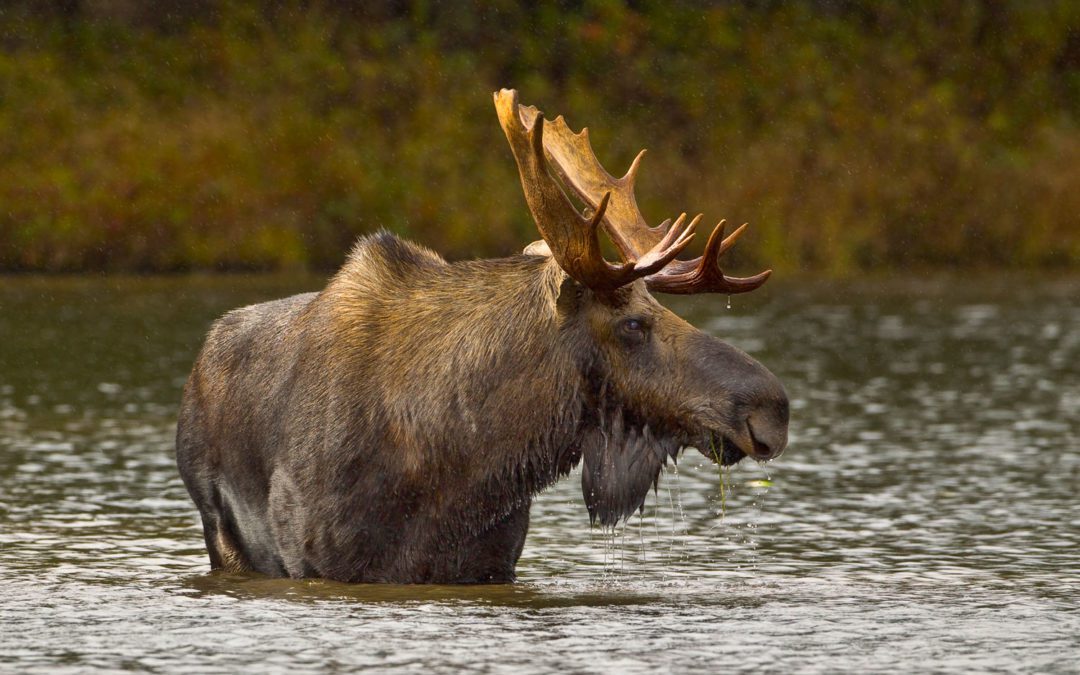AUGUSTA, Maine – According to the Maine Department of Inland Fisheries and Wildlife, 73% of all moose hunters harvested a moose last season. That’s despite warm spells during both the September and October moose seasons.
With 2,080 moose permits issued, 1,518 hunters were successful in getting their moose. Hunter success rates varied throughout different regions of the state with over 80 percent of the hunters getting moose in Wildlife Management Districts 1-3 and 5 and 6 in Aroostook County. For success rates in all Wildlife Management Districts and in each season, please visit the 2017 Maine Moose Harvest Summary.
“Weather impacted many hunters, particularly the first week,” said IFW’s moose biologist Lee Kantar. “Moose tend to travel less and spend more time in cover when it’s hot. Hunter effort also declines.”
The 73% success rate for hunters is consistent with the 71% success rate for moose hunters over the past five years. By comparison, the success rate for turkey hunters in Maine is generally in the 30 percent range. Bear hunter success is 25 percent, while deer hunters are successful 15-20 percent of the time.
Maine’s moose season is split into three segments with six-day seasons in September and October. Temperatures were above 80 degrees during the first few days of the season, and even into October, temperatures were in the 70s.
“High success rates for moose hunters in northern Maine are consistent with what we are seeing with our moose survival study,” stated Kantar. “Adult survival rates are consistently high in our study areas, and calf survival rates are higher in our northern Maine study area compared to our western Maine study area.”
The radio collar study is just one component of the research that IFW conducts on moose.
IFW also utilizes aerial flights to assess population abundance and the composition of the moose herd. During the moose hunting season, biologists also examine teeth to determine a moose’s age, measure antler spread, monitor the number of ticks a moose carries, and examine cow ovaries in late fall to determine reproductive rates.
Biologists are preparing to recommend moose permit numbers for the fall 2018 moose season. The number of available moose permits is based upon population numbers and the composition of the moose population in wildlife management districts, as well as the population goals and objectives for that district.

